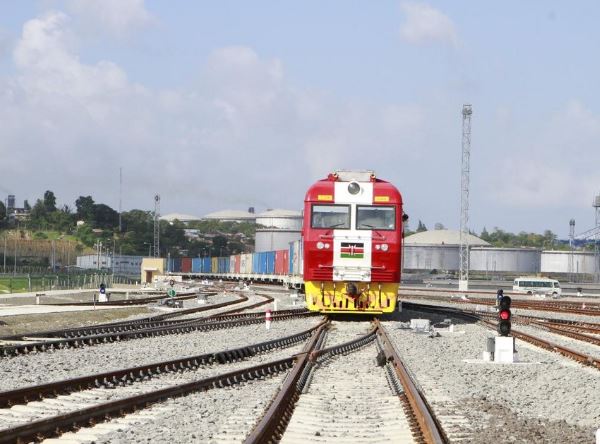
After decades of unabated downturn, rail transport is steadily bouncing back, thanks to technological innovation, a shift in management approaches and effects of climate change. This has seen increased sensitisation on environmental issues. But in Africa, this renaissance has encountered some bottlenecks, owing to inadequate government commitment in some countries.
The African Development Bank (AfDB), in its 2015 report titled Rail Infrastructure in Africa: Financing Policy Options, said Africa is experiencing an unprecedented economic recovery, with strong growth projections over the next three to four decades. According to the report, the growth was driven by a fast-growing demographic and large-scale urbanisation. The operation of new mines, gas and oil fields, as well as the increase in intra-regional and international trade, were additional growth factors.